 Data
Data
Let's use the capitals of Europe. We read them in from Excel with Pandas:
import pandas as pd
dg0 = pd.read_excel('psc_StaedteEuropa_coord.xlsx') # ,header=None
dg0.head()
City Inhabit xK yK
0 Andorra 24574.0 42.506939 1.521247
1 Athen 664046.0 37.984149 23.727984
2 Belgrad 1373651.0 44.817813 20.456897
3 Berlin 3538652.0 52.517037 13.388860
4 Bern 122658.0 46.948271 7.451451
Grid by triangulation
We use Scipy for that. For a 3-dim example see HERE and HERE or here (CGAL has a Python wrapper)
import numpy as np
from scipy.spatial import Delaunay
yk, xk, city = np.array(dg0['xK']), np.array(dg0['yK']), np.array(dg0['City'])
X1 = np.vstack((xk,yk)).T
tri = Delaunay(X1)
Graphics
import cartopy.crs as ccrs
import matplotlib.pyplot as plt
#--- grafics -------
figX = 25; figY = 18
fig1 = plt.figure(figsize=(figX, figY), facecolor='white')
myProjection = ccrs.PlateCarree()
ax = plt.axes(projection=myProjection)
ax.stock_img()
ax.set_extent([-25, 40, 35, 65], crs=myProjection)
plt.triplot(X1[:,0], X1[:,1], tri.simplices.copy(), color='r', linestyle='-',lw=2)
plt.plot(X1[:,0], X1[:,1], 's', color='w')
plt.scatter(xk,yk,s=1000,c='w')
for i, txt in enumerate(city):
ax.annotate(txt, (X1[i,0], X1[i,1]), color='k', fontweight='bold')
plt.savefig('Europe_A.png')
plt.show()




